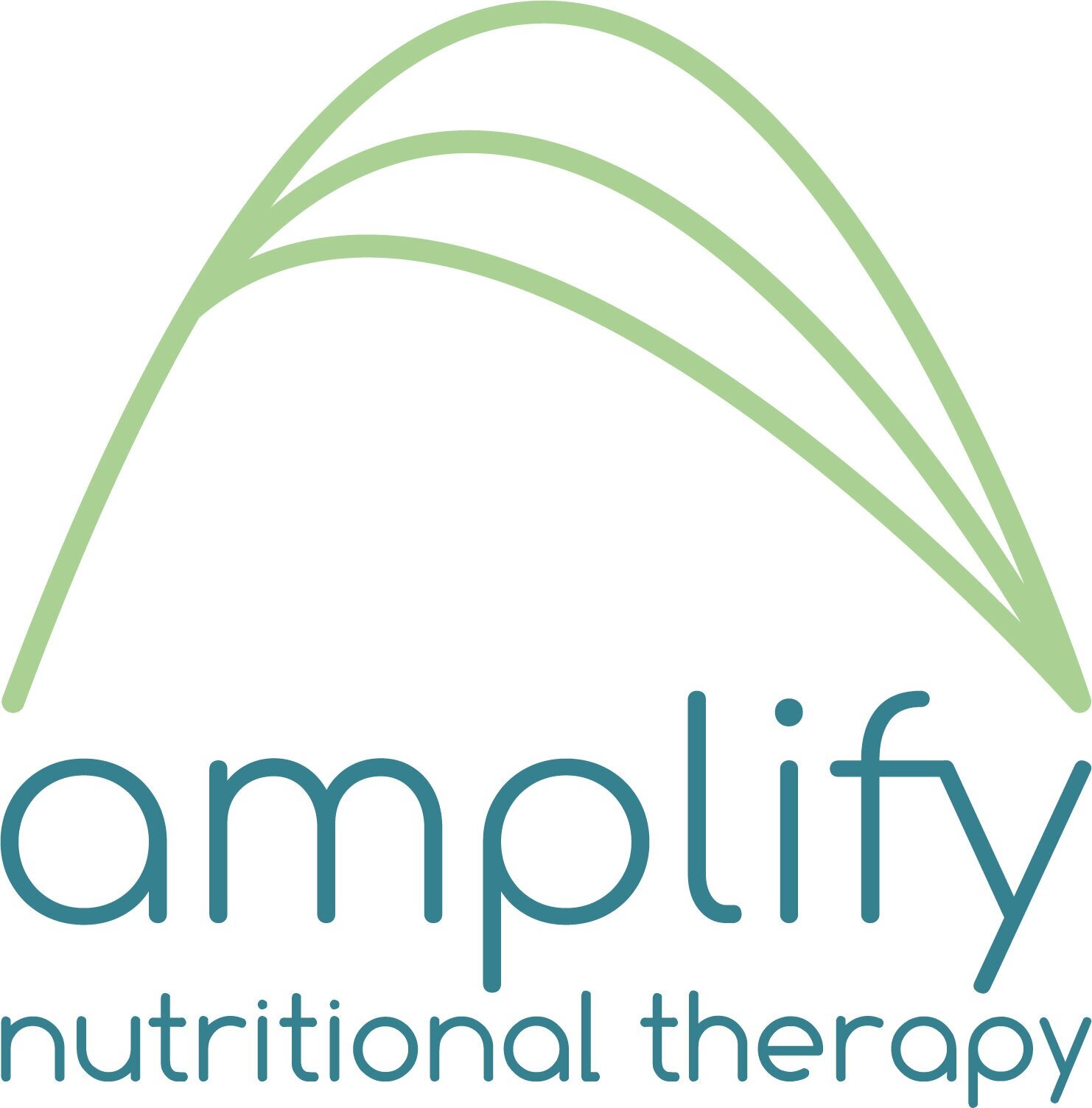Fasting – Yes or No?
In 2012, Michael Mosley popularised the 5:2 fasting diet (5 days normal eating, 2 days very low calorie). Mosley’s approach was based on research conducted into Alternate Day Fasting (ADF). Fasting or time-restricted eating (eating in a defined time period each day) became much more prominent. For my entire adult life, I have tried every fasting practice; from short 14 hour overnight fasts to several days of water only fasting. Over the years I have changed my views on fasting and what works. This article is an insight into fasting well.
A note of caution. Fasting will vary according to individual health conditions and may not be right for everyone. Always consult a healthcare professional before starting fasting if you have a medical condition or are unsure. Pregnant or breastfeeding women, those with eating disorders or medical conditions should avoid fasting.
Why Fast?
Fasting is an ancient practice with a long history in different cultures. Today there are many approaches to time-restricted eating, each purporting benefits such as weight loss and broader cardiometabolic benefits such as improved lipid levels, lowered blood pressure, improved mental health and remission of type 2 diabetes.
Fasting can be a powerful tool for accomplishing health-related goals. For weight loss, you naturally eat less calories. People who struggle to spread their calories during the day find it helpful to restrict intake to a specific period e.g. a later breakfast or skipping an evening meal. Insulin reduces because there is no/few calorie intake, which given time and consistency helps reduce blood sugar and improves lipid levels. Lowered blood pressure and improved liver makers are common. Potential mental health benefits and cognitive impacts of fasting are emerging, as recent research has shown potential effects on brain health and mental clarity.
What the Science Says
Scientific literature on fasting is still evolving. I first researched it in 2015 and then most of the research was on mice or young males. The original 16/8 model (16 hours fasting, 8 hours feeding) came from a mouse study, but it’s not exactly a valid comparison since 16/8 in a mouse is the equivalent of several days of fasting for humans. There was less research on the elderly, women and post-menopausal women due to hormonal complexities, but more is becoming available. Even now, some research is not solid or has contradictory results, needing more studies using diverse populations. There is emerging research on fasting during chemotherapy which I’m monitoring with interest.
Longevity is often associated with fasting (via autophagy and the lowering of mToR). Some claims are overstated but again there is always new research with which I keep up to date.
The best way I judge the success of different fasting methodologies is to combine what the research says with my observations in clinic with clients. The sweet spot is finding the best approach for an individual and not sticking slavishly to the latest approach or fashion. It must work around lifestyle and what can be achieved consistently.
Things I have learned
· Long term fasts (eg three day water fasts) can make you feel unwell and can contribute to lost muscle mass from lowered protein intake. I’ve yet to be convinced of the benefits vs. the misery inflicted.
· It is hard (but not impossible), to hit a protein target intake on a 5:2 or ADF style approach. This may affect muscle mass over the longer term.
· A time-restricted eating window (eg 16/8 or 20/4) gives discipline and structure to those trying to manage their hunger and calories, in particular late night snacking.
· Hypocaloric fasting; a very low calorie diet (eg Fast 800 – the 800 calories a day diet created by Michael Mosley, or the Fasting Mimicking Diet created by Valter Longo) is not a true fast, but does help take away hunger pangs. If you are not metabolically healthy, it’s a great option, but the trade-off is likely lower muscle mass, so not something to do for the long term.
· Fasting during the week preceding a menstrual cycle may exacerbate symptoms such as mood swings and cravings and is probably best avoided or limited to a shorter window.
Key Tips for Fasters
· Stay hydrated, prioritising protein and plants during eating windows/non fast days.
· Circadian rhythm fasting aligns eating patterns with the body’s natural cycle, emphasising earlier eating and a longer overnight fast. By syncing with the body clock it may improve digestion, sleep and weight management.
· Begin gradually, shifting meal times earlier in the day and extending the fasting period. Start with a 12 hour fasting window and gradually increase it to 14-16 hours, allowing your body to adapt. Try to maintain a consistent eating schedule, as irregular eating patterns can disrupt the body’s circadian rhythm. Consistency helps regulate hunger cues and supports better metabolic function.
· When breaking a longer fast, start with something light, eg a few nuts and fruit, before eating a large meal. Incorporate plenty of fruits, veggies, lean proteins and healthy fats.
· On non-fasting days, don’t eat between meals, leaving 4-5 hours between eating. Three meals a day with no snacks sounds dull, but it avoids compromising any benefits of fasting.
· Prioritise exercise, especially resistance exercise in order to maintain muscle.
· Fasting with a friend is scientifically proven to be successful.
· Look at fasting apps, eg Zero, Fastic to help keep on track. They can provide excellent educational content and have timers and reminders.

